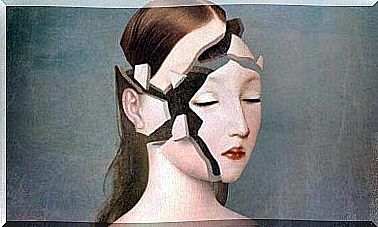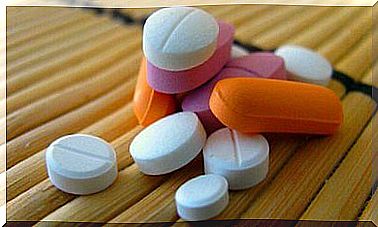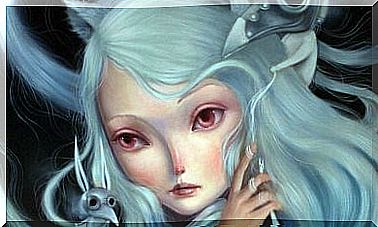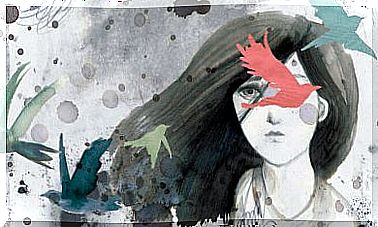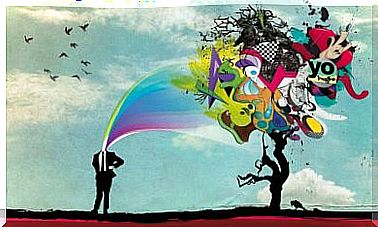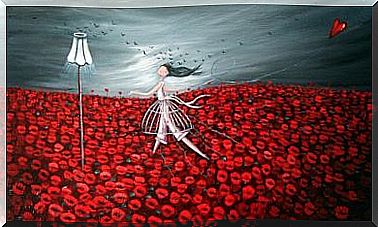The Neurobiology Of Addiction
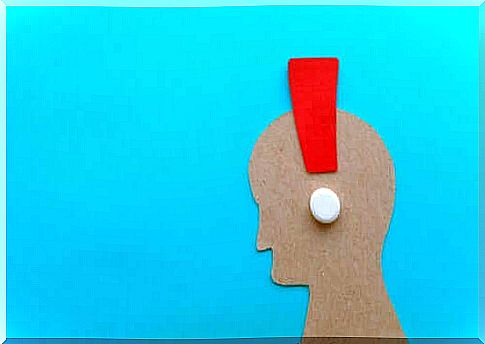
We can see addiction in multiple facets of life, and the most common and known of them is drug addiction. Addiction can be defined as the compulsive behavior of seeking and using the drug, the loss of control to limit its consumption, and the appearance of a negative emotional state for not having the drug. But what can we say about the neurobiology of addiction?
Dependence can be defined as a three-phase cycle: binge/intoxication, withdrawal/negative effect, and worry/anticipation (desire). The latter worsens over time and involves neuroplastic changes in the brain’s reward, stress and executive function systems (2 – 4).
Impulsiveness can be defined as “ a predisposition to unplanned rapid reactions to internal and external stimuli, without taking into account the negative consequences of these reactions for oneself or others” (5).
On the other hand, compulsion is the manifestation of “persistent, repetitive, excessive and inappropriate actions” (6).
Thus, individuals affected by addiction move from impulsiveness to compulsion. These two stages can also coexist, but they usually occur in that order. So, for each of these stages, the brain acts in one way or another.

The neurobiology of addiction: addiction in the intoxication phase
Reward mechanism when taking the drug
Drugs activate the brain’s reward systems. A major focus of research on the neurobiology of the rewarding effects of drugs has been the origins and areas of the ascending mesocorticostriatal dopamine systems.
These play a key role in the rewarding properties of almost all addictive drugs.
It appears that when alcohol or drug intoxication occurs, the brain releases dopamine and opioid peptides into the ventral striatum. Furthermore, the rapid and pronounced release of dopamine has a lot to do with how pleasant the drugged person feels (1).
Incentives
From studies in non-human primates, it was found that the brain’s dopaminergic cells were initially fired in response to a new reward.
After repeated exposure to this reward, neurons stopped firing during the delivery of the predictable reward.
Instead of doing it now, they fired when exposed to stimuli that predicted the reward. So dopamine has a lot to do with reward-seeking in the brain.
The neurobiology of addiction: addiction in the anticipation phase
This stage has been defined as the key to relapse in humans. Thus, it defines addiction as a chronic relapse disorder. In humans, drug-induced craving involves activation of the prefrontal cortex, including:
- The dorsolateral prefrontal cortex.
- The anterior cingulate gyrus.
- The medial orbitofrontal cortex.
Furthermore, addiction to cocaine or nicotine is also related to the function of the insula. This area appears to have an interoceptive function that integrates autonomous and visceral information with emotion and motivation.
In fact, studies have shown that insula reactivity functions as a biomarker to help predict relapse.
To conclude, during this stage, two opposing systems can be determined: the starting system (go system) and the stopping system (stop system).
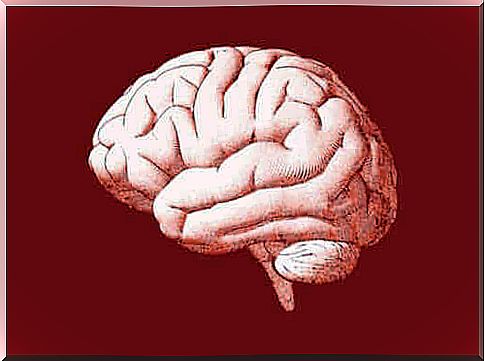
Start and stop systems (go/stop)
The starting system can generate habits of anxiety and commitment through the basal ganglia. For example, drug-dependent cocaine craving is associated with increased connectivity of the network connecting the medial prefrontal cortex and the anterior cingulate cortex with the ventral striatum, and the network connecting the insula with the dorsal striatum (7).
The stopping system could control the evaluation of the incentive value of the options and the suppression of affective responses to negative emotional signals. In this sense, a stopping system would inhibit the initiation system and the drug craving system.
In conclusion, there are three main circuits that deal with the neurobiology of addiction. They correspond to those whose protagonists are the basal ganglia, the amygdala, and the prefrontal cortex.
They are joined by other neurochemical microcircuits, and they all have to do with craving and relapse into addictions.



